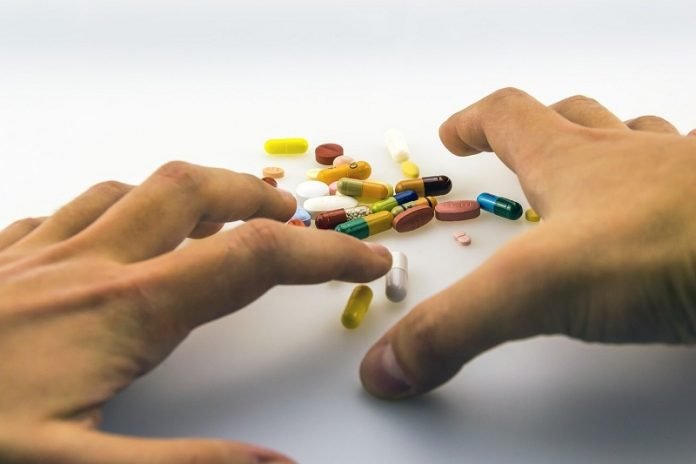
Depression is the leading cause of disability worldwide, striking as many as one in four women and one in eight men in their lifetimes.
While more than 17 million adults in the United States struggled with the disease in 2017 according to the most recent government statistics, clinicians have long recognized that depression manifests in different ways across individuals.
Official diagnostic criteria include weight loss or weight gain, excessive sleeping or insomnia, inability to concentrate, or obsessive rumination.
However, the field of psychiatry has yet to reach a consensus classification of depression subtypes based on distinct clinical features, nor have prior proposed classification schemes improved treatment outcomes.
In a new study, researchers found two clusters of depressive symptoms that responded to two distinct neuroanatomical treatment targets in patients who underwent transcranial magnetic brain stimulation (TMS) for the treatment of depression.
The findings shed new light on the brain circuitry underlying specific symptoms of depression and may help develop personalized TMS therapy for depression and other psychiatric disorders.
The research was conducted by physician-scientists at Beth Israel Deaconess Medical Center (BIDMC).
A non-invasive procedure that affects brain activity with powerful magnetic fields, TMS was approved for the treatment of depression in adults who did not benefit from antidepressant drugs in 2008.
Currently, TMS practitioners use head measurements to position the machine’s magnetic coil outside the patient’s scalp—resulting in some incidental variation in the brain circuitry stimulated.
Despite the imprecision, the well-tolerated therapy has about a 50 to 60 percent success rate, higher than most antidepressant drugs.
Taking advantage of that variation, the team analyzed outcomes for two independent cohorts of patients who underwent TMS for treatment-resistant depression.
Patients’ symptoms were self-reported with a validated questionnaire as well as assessed by clinicians.
The team mapped each patient’s TMS site to underlying brain circuits and compared these maps to the total change in depression symptoms across patients.
The analysis identified two distinct clusters of depressive symptoms, with each responding better to a different TMS target.
One cluster included symptoms such as sadness, decreased interest, and suicidality, while a smaller cluster included symptoms such as irritability, sexual disinterest and insomnia.
The researchers referred to these symptom clusters as “dysphoric” and “anxiosomatic,” respectively.
Next, to validate the analysis’ findings, the scientists used these cluster maps to accurately predict clinical improvement in a separate set of patients.
The team’s findings are consistent with recent studies identifying different symptom clusters—or biotypes—in people with depression.
The team says they started with depression and anxiety, but this approach could also be used to find a treatment target for any cluster of psychiatric symptoms.
One author of the study is Shan H. Siddiqi, MD, a neuropsychiatrist in the Division of Cognitive Neurology at BIDMC.
The study is published in the American Journal of Psychiatry.
Copyright © 2020 Knowridge Science Report. All rights reserved.



